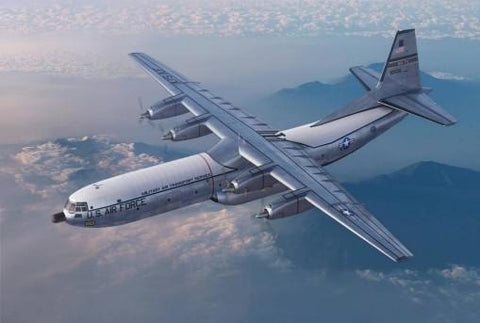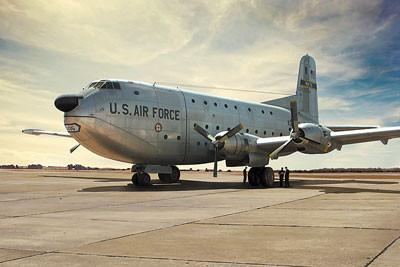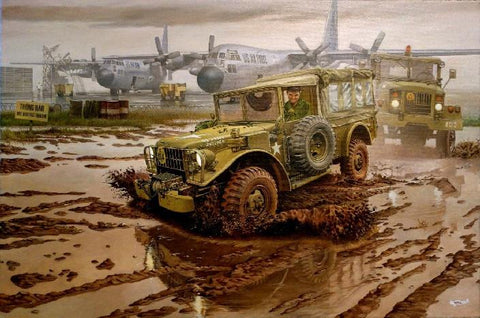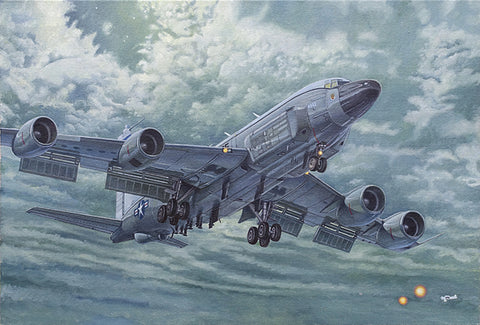
Roden Aircraft 1/72 Gotha G Va/G Vb German BiPlane Bomber Kit
This Product Usually Ships In 2-3 Business Days
By the end of 1917 the Gotha G.IV and G.V were the principal German strategic bombers. During raids over the enemy's territory, engine failures were quite common; as a result, these heavy twin-engined machines often returned to their home base with only one working engine. This caused control problems and led to frequent accidents.
In February 1918 Gothaer Waggonfabric AG tested a new version of the latest G.V bomber with a new box tail ('Kastensteuerung'); Gotha reported that aircraft with the new tail assembly could fly in a straight course with just one working engine. Apart from the new tail, the Gotha G.Va had a slightly smaller nose section with a two-wheeled auxiliary shock landing gear mounted underneath (similar to the SSW-type 'Stossfahrgestell', designed for the G.IV SSW). 25 aircraft of this type were built, all (except for one machine which crashed during flight trials) going to Bogohl 3.
Later aircraft were equipped with a four-wheeled auxiliary undercarriage beneath each engine nacelle for increased efficiency. This version, the Gotha G.Vb, also had Flettner servo controls on its ailerons to reduce the pilot's work load when flying with one working engine. Idflieg ordered 80 planes, the first being delivered to Bogohl 3 in June 1918. By the end of the war all 80 aircraft had been built, but the last batch did not reach the front and was delivered directly from the factory to the Allied special commission. As of 1st September 1918, only four bombers of the G.Va type and twenty-one of the G.Vb type served in Bogohl 3. Along with other night bombers every G.Va and G.Vb was destroyed after WWI ended.










